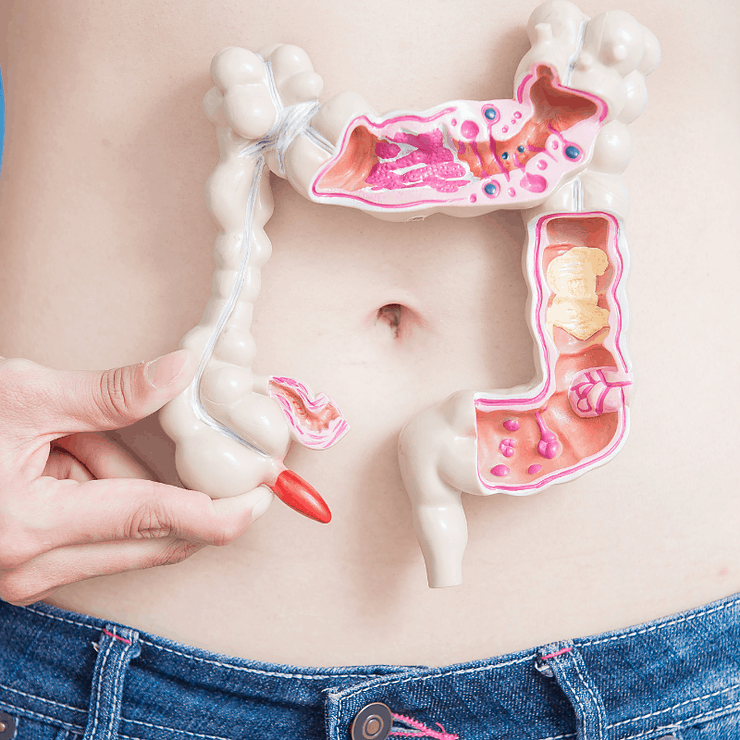While this might feel intuitive to some, in our current medical culture this often seems surprising. Yes, the abdomen and pelvis are stacked atop the other, but are we talking about the difference between organs or muscles? Why for instance would the digestive system have anything to do with uterine prolapse?
The answer to this is multi-faceted and complex. It involves skeletal alignment, core engagement, hormones, the vagus nerve, emotional resilience, exposure to toxins, and the gut microbiota – but I’m going to try and narrow it down to a few of these.
Essentially, our body is a pressure dependent container system. We have three major containers – the thoracic, abdominal and pelvic cavities. Proper alignment of the cavities allows for pressures to be distributed optimally. Too much pressure in one cavity can alter motion and function in the other. Returning to the prolapse example, many women who I see with prolapse have a pressure problem where they engage in what’s known as paradoxical breathing. Paradoxical breathing is just a technical term for reverse breathing; sucking up the diaphragm on the inhale which usually leads to bulging out the pelvic organs on the exhale, rather than lifting the perineum. This pressure problem starts in the rib cage and travels down through the gut to the pelvic cavity. Breathing properly includes expansion of our rib cage on inhalation, and diaphragm descent. This encourages natural movement and function of the both the digestive and pelvic organs
Another example of an unhealthy chain reaction from gut to pelvis is with the case of myofascial pelvic, back, or hip pain. If digestive health is not prioritized, it often results in inflammation within the digestive tract or around organs. This causes a reaction in one of our neurological reflexes called the viscerocutaneous reflex, which describes a relationship between the organs and connective tissues around this body region. Essentially, if there is inflammation in and around the organs, which is what happens when we have gut issues, the muscles in the abdominal cavity tighten in response, thereby causing other muscles to become inhibited. This can show up as a too-tight core muscles, hip muscles, or pelvic floor muscles. This is why it’s important to address inflammation at its source by supporting gut health and healthy elimination.
The core and pelvic floor muscles are a team, they need to be activated and treated together. Core training often requires more of a finessing the engagement of specific deep stabilizing muscles to be able to handle the loads we place on our bodies. In higher level exercise programs, like crossfit and boot camps, often folks are asking their bodies to support too much of a load and calling in the wrong muscles to do the job. When gut inflammation is added to this scenario, it complicates things further. That’s when we see a breakdown in the pressure system with signs of urine leakage, bowel incontinence, or prolapse as the result.
Alignment plays a major role in positioning the pressure chambers for optimal function. It isn’t something that changes overnight. If we have pressure problems, or stability problems, we need to train our bodies to change by engaging in mindful movement. During my FeminEnergy® Program, we address core stability and pelvic health from a holistic perspective – integrating alignment with healthy movement, emotional support, and overall wellness.
I’m so excited to be offering this program because it gives us a chance to really dive deep into the exercises and information. For more information, sign up for a free strategy session.


